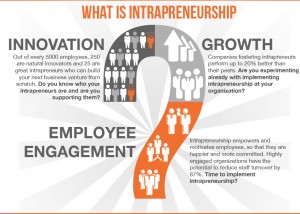Upon reading an article titled “Creating Shared Value” published on the Harvard Business Review blog, I realized that businesses have often been stereotyped as the major causes of societal, economic, and environmental issues that we face today. Considering that many companies set profit on a bar higher than all other variables, this stereotype is reasonable. Controversies such as cheap labor employment by Nike and Walmart and environmental hazards made by BP and Enbridge all contribute to this demeaning claim, which is why business experts have come up with the idea of shared value.
The main problem with companies that are frowned upon by the consumer market is the way they organize their priorities. For many businesses, the goal of earning a larger profit often relies on the consumer demand but can eventually overlap with an external factor like the environment. Therefore, shared value comes into play as a goal for companies to meet consumer needs by addressing certain challenges, which in turn, brings in revenue.
I agree that shared value is a good solution to both company and consumer needs in that it recognizes that social needs, not necessarily economic needs, define market growth.
Harvard Business Review blog:
http://hbr.org/2011/01/the-big-idea-creating-shared-value
Images and References:
http://www.nytimes.com/2011/08/14/business/shared-value-gains-in-corporate-responsibility-efforts.html?pagewanted=all
http://www.nestle-me.com/en/csv/creatingsharedvalueatnestle





